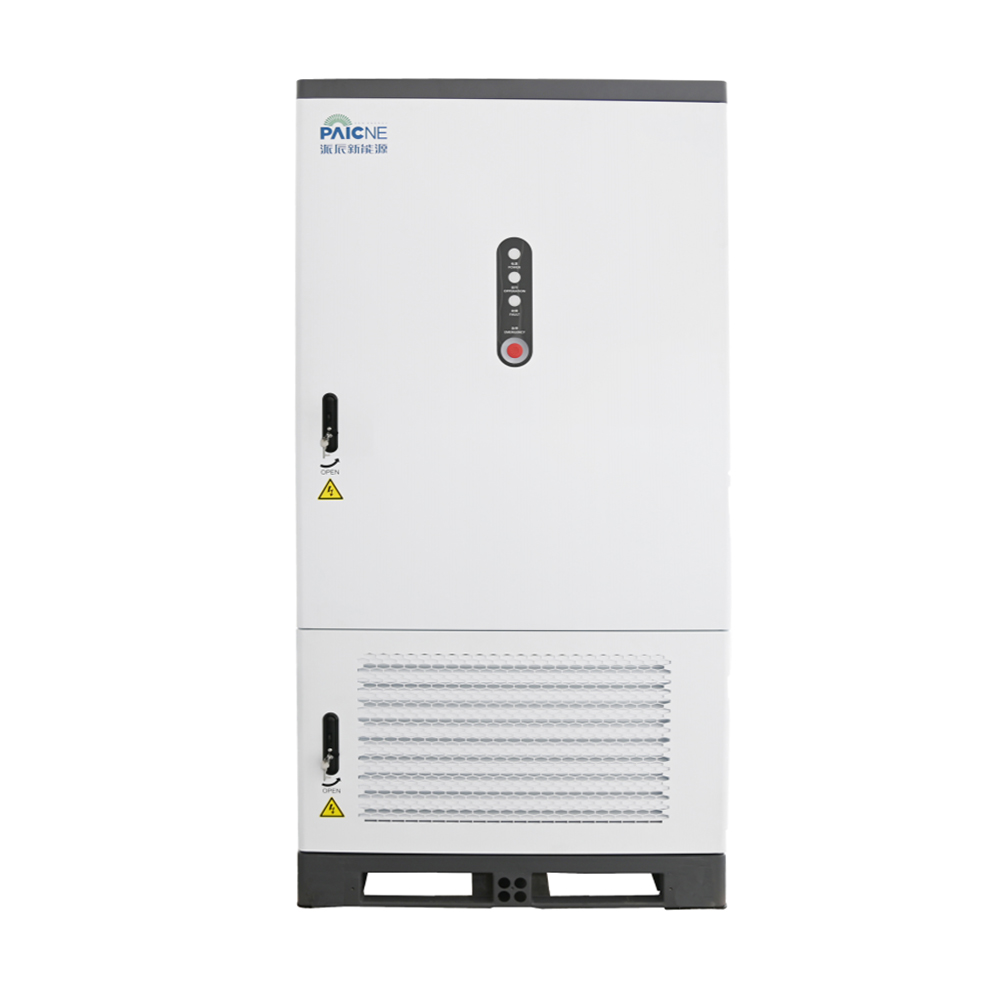Lithium Iron Phosphate Battery has emerged as a preferred choice for energy storage systems due to their good safety performance. As the demand for reliable and safe energy solutions grows, the Lithium Iron Phosphate Battery stands out among various lithium-ion battery chemistries. This article delves into the safety aspects of the Lithium Iron Phosphate Battery, examining their thermal stability, resistance to overcharge, and overall safety features that make them a popular choice in various applications.

The safety performance of the Lithium Iron Phosphate Battery is primarily attributed to their unique chemical composition. Unlike other lithium-ion batteries that use cobalt or nickel in their cathodes, the Lithium Iron Phosphate Battery uses iron phosphate, which is inherently more stable. This stability translates into a lower risk of thermal runaway, a condition where the battery's temperature rises uncontrollably, causing potential fires or explosions. Studies have shown that Lithium Iron Phosphate Batteries can withstand higher temperatures without the risk of thermal runaway, making them safer than their counterparts in scenarios where high temperatures are a concern.
Moreover, the Lithium Iron Phosphate Battery exhibits exceptional resistance to overcharge, which is a significant safety advantage. Overcharging a battery can cause the formation of lithium metal, which can pierce the separator and cause a short circuit, potentially causing battery failure or even fire. However, the Lithium Iron Phosphate Battery can be safely charged to voltages higher than their nominal voltage without the risk of damage, thus reducing the likelihood of overcharge-related incidents.
Another aspect of the safety performance of the Lithium Iron Phosphate Battery is its resistance to deep discharge. Many lithium-ion batteries suffer from reduced cycle life and capacity when subjected to deep discharge cycles. In contrast, the Lithium Iron Phosphate Battery can be discharged to very low voltages without damage, offering a wide operational window and contributing to their overall safety and longevity.
The Lithium Iron Phosphate Battery also demonstrates a low self-discharge rate, which is another safety feature that contributes to its reliability. A low self-discharge rate means that the battery can be stored for longer periods without significant loss of charge, reducing the risk of unexpected discharge and potential safety hazards.
In terms of mechanical safety, the Lithium Iron Phosphate Battery can tolerate physical abuse better than other lithium-ion batteries. They are less prone to damage from impacts or punctures, which can be a critical safety feature in applications where the battery may be subjected to physical stress.
Environmental safety is another area where the Lithium Iron Phosphate Battery excels. They contain no toxic heavy metals, such as nickel or cobalt, which are found in other types of lithium-ion batteries. This makes the Lithium Iron Phosphate Battery more environmentally friendly and safer in terms of disposal and recycling.
In conclusion, the safety performance of the Lithium Iron Phosphate Battery is a result of their inherent chemical stability, resistance to overcharge and deep discharge, low self-discharge rate, mechanical robustness, and environmental friendliness. These features make the Lithium Iron Phosphate Battery a safer option for a wide range of applications, from electric vehicles to grid storage systems. As the technology continues to advance, the safety performance of the Lithium Iron Phosphate Battery is likely to improve, further solidifying its position as a guiding choice for safe and reliable energy storage solutions.
Get to know quickly
We are a professional lithium iron phosphate battery, solar energy storage system, industrial and commercial energy storage system manufacturer.
 +86-133 3592 3377
+86-133 3592 3377
 +86-4008833583
+86-4008833583
 Email: [email protected]
Email: [email protected]

Copyright © Zhejiang Paichen Energy Storage Group Co., Ltd All Rights Reserved.
Battery Energy System Manufacturer
